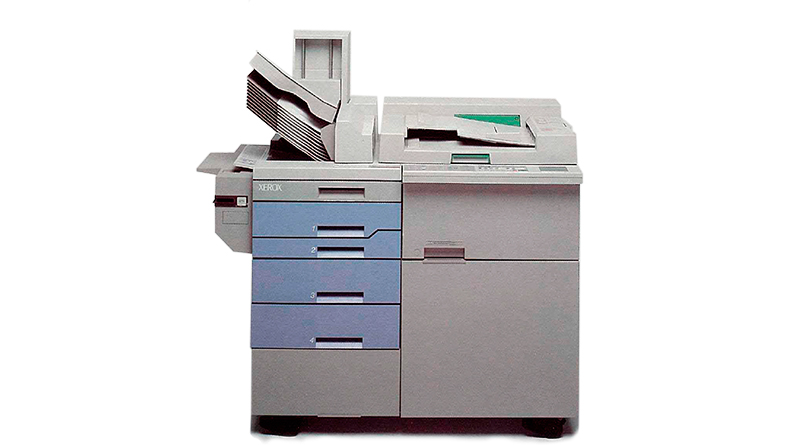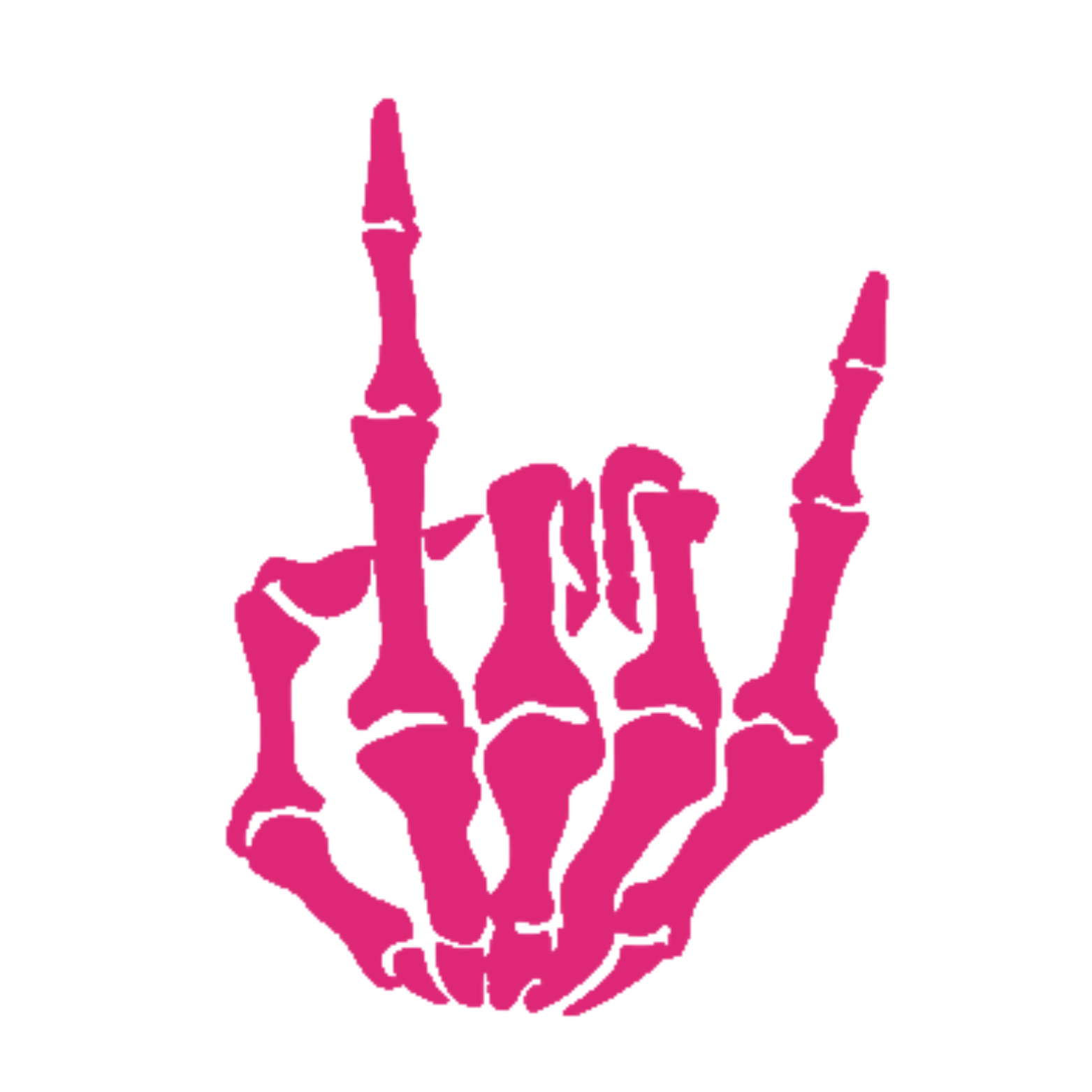OG Zinester Lynn Peril on the Past and Future of DIY Publishing
Lynn Peril’s Mystery Date may well have been the first zine I ever picked up. (If it wasn’t, it was Al Hoff’s Thrift Score or Bitch 1.0) Peril’s combination of 1950s aesthetic and third-wave feminist analysis seemed like it had been created specifically for me, which is a huge part of the appeal of zines, right? Zines were a medium for people to share the stuff they were really into—including the very obscure and the very weird. And the whole project of making and distributing zines was so thrillingly accessible! I think Brian Eno gets the credit for saying that only 30,000 copies of The Velvet Underground sold when it was first released, but everyone who bought it started a band. Similarly, I suspect that Mystery Date inspired a lot of young women to steal photocopies at work or get friendly with the kids who worked at Kinko’s.

Consider becoming a paid subscriber. Cute compression socks ain’t cheap.
I’m thinking back on the 1990s after listening to Lynn on a recent episode of Our Opinions are Correct, hosted by top-tier nerds Annalee Newitz and Charlie Jane Anders. It’s a great conversation that digs into the history of zines—I had honestly forgotten that “zine” comes from “magazine” by way of “fanzine”—and the future of funky little print publications. I learned about the existence of at least one “zine influencer” and went on a little surfing safari to get a broader picture of who is making zines now. Artist Lawrence Lindell joins the podcast to discuss his new graphic novel about kids launching a zine fest, and he describes his own introduction to zine culture.
When I reflect on the relationship between the web and print, I see that, for me, things have come full circle. After I stopped zining, I blogged. A couple years after social media because ubiquitous, I stopped blogging. As a freelancer, I initially loved how easy it was for me to share my work when it was online, but now I know that every word I write for the web is training the robots that will replace me. This is a big part of why I wanted to start making zines again. Some of my work is also motivated by the desire to correct what I see as a lot of misinformation that gets validated because people share it over and over and over again—often by journalists writing for legacy publications (who I know do not get paid to do real research of their own). As it turns out, I get a lot of satisfaction out of folding and stapling and putting stuff in the mail. And I love that a print zine is a finite product, disconnected from the infinite distractions of the internet. At the same time, it’s only because of social media that Lynn Peril and I have become pals. I’m planning to interview her for a future issue of Croning, and seeing that interview in a print zine that I might have produced while the guy who gave me free copies is smoking weed behind the strip mall will be a kick.
You can find Lynn’s most recent work at Hilobrow.
Sharing is caring.


Comments ()